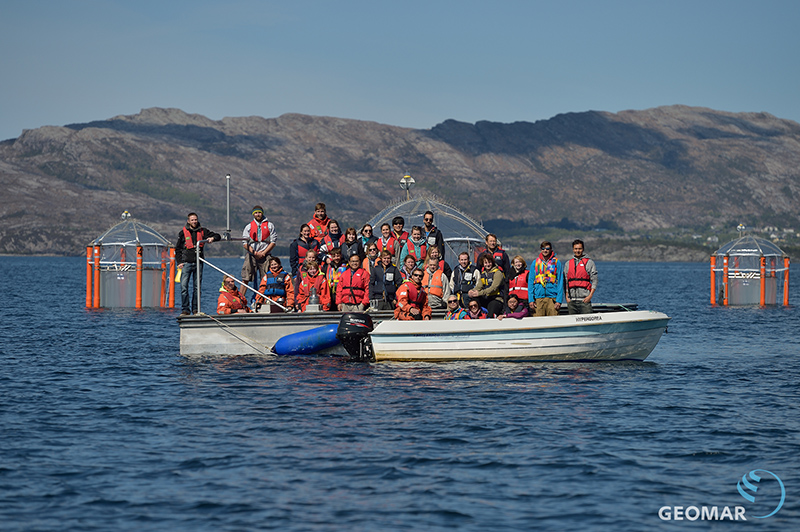Just another KOSMOS experiment? Of course not! After investigating the effects of ocean acidification on plankton communities in Svalbard (2010), Norway (2011), Finland (2012), Sweden (2013) and Gran Canaria (2014), there are still a lot of open questions. Every ecosystem has its special characteristics and develops during the course of the year. Scientists have learned about some basic mechanisms and improved their setups. But the more you get to know the more questions arise.
This is why the KOSMOS team returns to the Raunefjord, just outside Bergen in Norway. Again, sea butterflies – or pteropods, as scientists call them – are in focus. These tiny organisms can be seen as canaries in the goldmine: If they suffer from chemical changes in the ocean, we should better look for a way out.
Also, we will investigate once more how eggs and larvae of commercially important fish species are affected. This is increasingly important to know because a growing world population needs to be fed – also with proteine from seafood.
Something completely new is the “return to the wild” of the world’s most important single-cell calcifying alga Emiliania huxleyi. In a long-term lab study, GEOMAR scientists found out that Emiliania is able to adapt simultaneously to ocean acidification and rising water temperatures. By adding adapted individuals to the mesocosms, they hope to see how succesful they are under more natural conditions.
The different topics are addressed by master students with the support of postdocs. If you have been following earlier KOSMOS blogs, some of the participants might be very familiar to you already. A group of younger marine biology students will help with the sampling and the processing of samples.
Welcome to the next mesocosm adventure!
